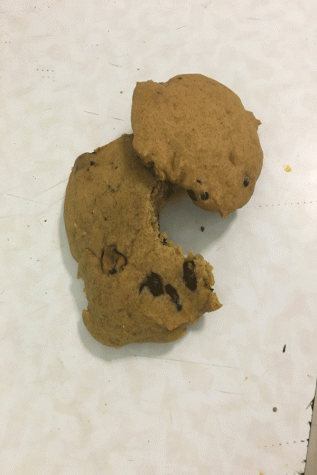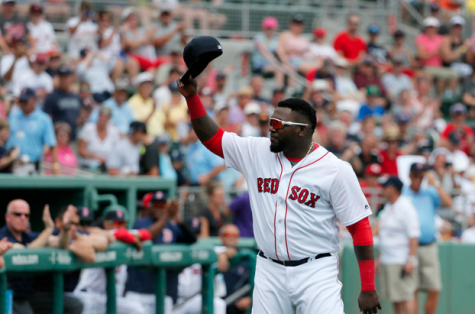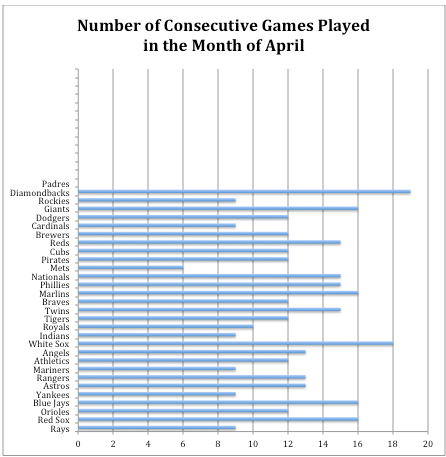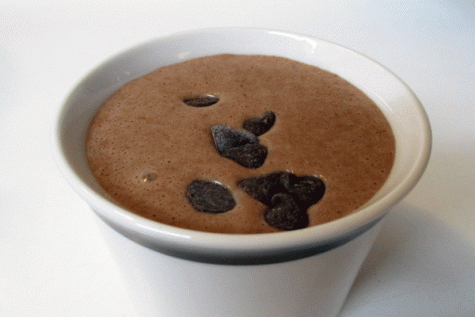The Price is Wrong: Why The Red Sox Shouldn’t Have Signed David Price

David Price, formally of the Toronto Blue Jays, has signed a seven-year contract with the Boston Red Sox.
The Boston Red Sox made history yesterday when they signed free agent and starting pitcher David Price to a record-breaking 7-year, $217 million dollar contract. The deal marks the largest deal ever on record for a starting pitcher, with Price earning an astounding $31 million dollars a year.
And the Red Sox shouldn’t have done it.
First of all, let’s look at the obvious reason: David Ortiz.
On May 30th 0f 2014, the Red Sox faced off in an AL East matchup against the Tampa Bay Rays. On the hill for the Rays? David Price. At the dish for the Sox? Their DH slugger and beloved member, David Ortiz.
And that’s when Price plunked Ortiz.
Now Ortiz was none too happy about this–especially when Price also hit Red Sox utility player, Mike Carp, later in the game. The benches cleared, and Ortiz declared “war” on Price.
Flash forward to yesterday. Ortiz–who recently announced that this upcoming season will be his last–and Price will now be teammates.
Can you say bad idea?
But beyond this–even though it’s hard to imagine that Ortiz will forgive Price–he is simply not a quality pitcher when it comes to the postseason. With an astounding E.R.A. of 5.12 during his 14 postseason starts, it’s safe to say that Price is anything but an ace come October.
With the Red Sox looking to do one thing and one thing only this season—win a World Series–someone like Zack Greinke would have been a much better fit for the Sox, especially since Greinke’s E.R.A. is 3.55 in 9 postseason games.
I watched both Greinke and Price last year, side-by-side. I watched Greinke pitch against the Phillies, giving up hits by the barrel full. I watched Price, load the bases with no one out, and wiggle out of the jam without allowing a run. And I still liked Greinke better. The composure, the command, the control–they all favored Greinke, who was available to the Sox.
Then there’s the age factor. Price, at 30 years of age, is declining. 30 marks the beginning of the end–which the Red Sox should’ve already learned by now, after the colossal mistake of signing both Pablo Sandoval (29) and Hanley Ramirez (31) to long-term deals last year. Neither preformed in 2015–Sandoval was too overweight to do much at third besides make defensive errors, and it simply taxed Ramirez too much to ever make an effort in left–and yet, the Red Sox went out and signed another aging superstar to a long-term deal that only benefits one side.
Price may do very well in Boston for a year. Or two. Or maybe even three. But there’s still four more years left on that massive contract. And especially with young players like the catching-duo of Blake Swihart and Christian Vazquez, and the dynamic outfield of Mookie Betts, Jackie Bradley Jr., Rusney Castillo, and super-utility man Brock Holt, it’s easy to see how a lofty contract with a guy who’s known to be a…shall we say character could cause some friction.
Now, the Sox have an ace, which they were in desperate need of last year after an opening day roster that boasted the likes of Justin Masterson and Wade Miley. I mean, anybody remember the Jon Lester fiasco, because yes, I certainly do.
But at what cost? Should they have explored the market more–looked harder at Greinke, or even Johnny Cueto, or Jordan Zimmerman before the Tigers snatched him up? Or, should they have looked elsewhere; not on the free agent market, but taken a stab at the likes of Chris Sale, who would’ve given the Sox contract flexibility that they no longer have?
Now, all that’s left to do is wait for April 4th to roll around and see just how right–or, in this case, perhaps wrong–the price was.
For more coverage of books and baseball, check out Hannah’s website here.













